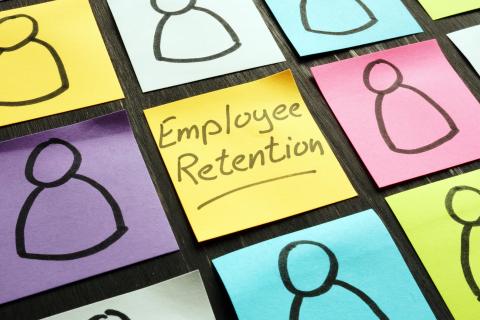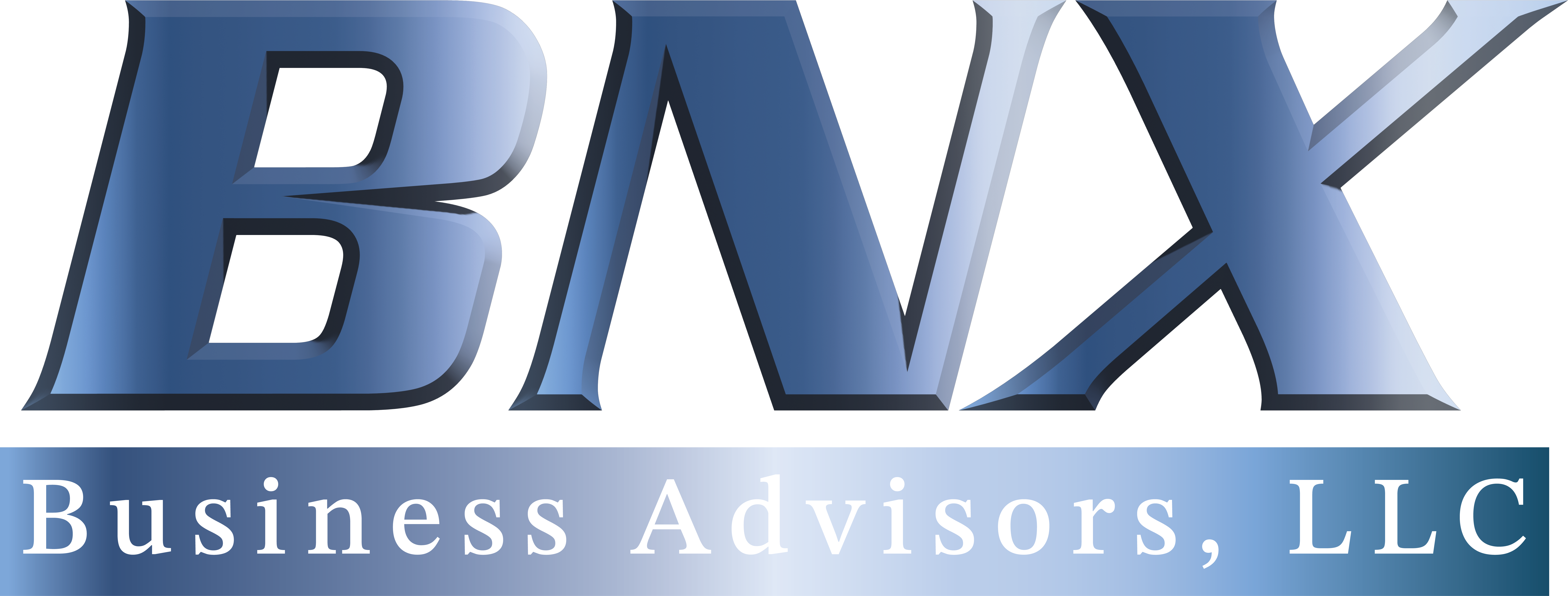Human Resources (HR) is an essential function for any organization, responsible for managing the company’s most valuable asset: its people. Hiring and employee retention are two critical areas where HR can have a significant impact on an organization’s success. In this blog, we’ll explore the top seven HR best practices for hiring and retention.

- Define the job requirements and qualifications
The first step in hiring is to clearly define the job requirements and qualifications. This process should start with a thorough analysis of the job and its role within the organization. HR should work with the hiring manager to determine the essential job functions, required skills and experience, and any necessary education or certifications.
By defining the job requirements and qualifications, HR can create an accurate job description and ensure that the position attracts the right candidates. This can also help eliminate bias in the hiring process by focusing on the skills and experience needed for the job, rather than personal characteristics.
- Use a structured interview process
An effective interview process is crucial for hiring the right candidates. A structured interview process involves a set of predetermined questions that are asked of all candidates, allowing for a fair and consistent evaluation of each candidate.
During the interview process, HR should ask questions that are relevant to the job requirements and qualifications. They should also assess the candidate’s communication skills, problem-solving abilities, and their fit within the company’s culture. HR should also provide the candidate with an opportunity to ask questions about the company and the position.
- Conduct thorough background checks
Conducting thorough background checks is essential for ensuring that candidates are qualified for the job and have a clean record. Background checks can include criminal history, employment history, education, and reference checks.
HR should use a reputable screening company to conduct the background checks, ensuring compliance with all relevant laws and regulations. This can help prevent hiring mistakes and potential legal issues.
- Offer a competitive compensation and benefits package
A competitive compensation and benefits package is crucial for attracting and retaining top talent. HR should conduct research to determine the appropriate salary range and benefits package for the position and the industry.
HR should also consider offering non-monetary benefits such as flexible work arrangements, professional development opportunities, and a positive work environment. By offering a comprehensive compensation and benefits package, HR can attract and retain the best candidates and reduce turnover.
- Provide onboarding and training
Onboarding and training are essential for new hires to become productive and successful in their roles. HR should develop a comprehensive onboarding program that includes an introduction to the company’s culture, policies, and procedures. The onboarding process should also include a training program that covers the essential job functions and provides the necessary tools and resources for success.
HR should also provide ongoing training and development opportunities to all employees to promote career growth and enhance their skills. This can help retain employees and increase their engagement and productivity.
- Create a positive work environment
Creating a positive work environment is essential for retaining top talent. HR should foster a culture that values open communication, teamwork, and recognition for employee achievements. HR should also ensure that the work environment is safe, healthy, and conducive to productivity.
HR should also provide opportunities for employees to provide feedback and participate in decision-making processes. By creating a positive work environment, HR can improve employee morale and reduce turnover.
- Regularly evaluate and improve HR practices
Finally, HR should regularly evaluate and improve their hiring and retention practices. This can involve reviewing HR metrics such as turnover rates, time-to-hire, and employee engagement surveys.
HR should also solicit feedback from employees and hiring managers to identify areas for improvement. This can help HR make data-driven decisions and continuously improve their practices.
Conclusion
Hiring and employee retention are essential functions of HR, and the success of an organization depends on having the right people in the right roles. By
implementing these top seven HR best practices for hiring and retention, organizations can attract and retain top talent, reduce turnover, and improve employee engagement and productivity.
HR plays a critical role in the success of an organization, and it’s essential to invest in the development and implementation of best practices for hiring and retention. By clearly defining job requirements and qualifications, using a structured interview process, conducting thorough background checks, offering a competitive compensation and benefits package, providing onboarding and training, creating a positive work environment, and regularly evaluating and improving HR practices, organizations can improve their hiring and retention efforts.
Ultimately, HR’s success in hiring and retaining top talent depends on their ability to understand the needs of their organization and to continuously evolve and adapt to changing circumstances. By staying current with best practices and investing in the development of their HR function, organizations can build a competitive advantage through their people and achieve long-term success.
